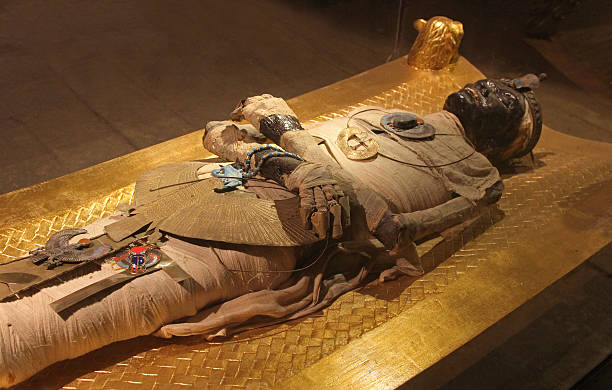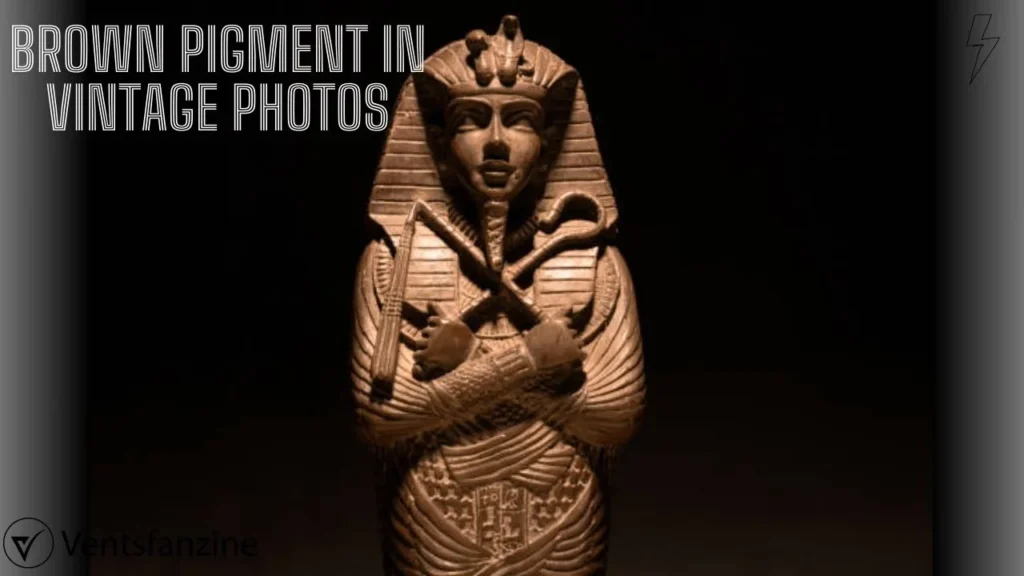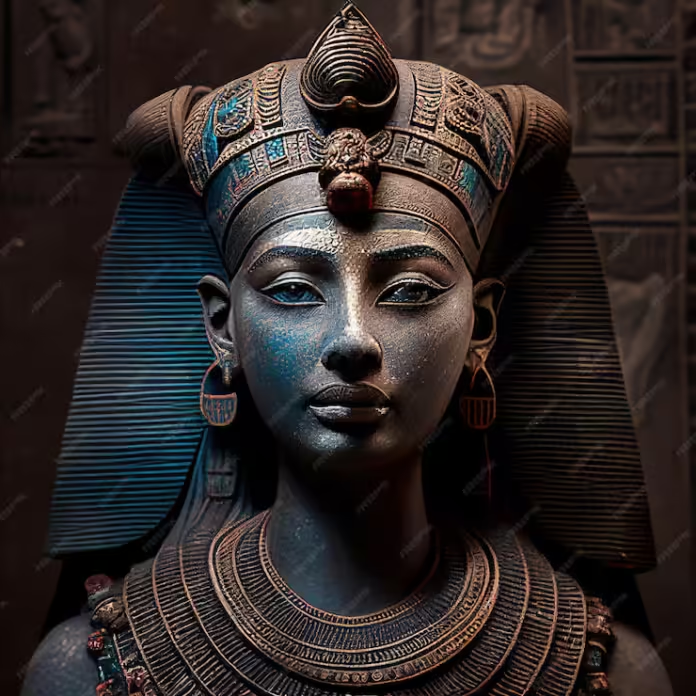One of a kind photographs hold an immortal appeal, catching the pith of times gone by. One charming part of these Brown Pigment is the utilization of earthy colored shade, which assumes a huge part in their special appearance. This article dives into the entrancing universe of earthy colored shade in rare photographs, investigating its beginnings, applications, and persevering through advance.
Understanding Brown Pigment in Photography
Earthy colored shade, frequently connected with sepia tones, has been a staple in the realm of photography since its initial days. Sepia, a sort of earthy colored shade, is gotten from the ink of the cuttlefish, giving photographs a warm, caramel tint that upgrades their old fashioned feel. The utilization of sepia tones in classic photography adds a stylish allure as well as fills functional needs.
Historical Context of Brown Pigment in Brown Pigment
The excursion of earthy colored shade in photography started in the nineteenth 100 years. Picture takers found that treating highly contrasting photographs with sepia could work on their toughness. This procedure, known as sepia conditioning, involved switching silver particles in the photograph over completely to a more steady compound, consequently expanding the photo’s life span. The earthy colored shade successfully shielded the photographs from blurring and decay after some time.
The Aesthetic Appeal of Brown Pigment
The charm of earthy colored shade in one of a kind photographs goes past its defensive characteristics. The sepia tone gives a nostalgic and creative quality to Brown Piment summoning a feeling of history and immortality. This warm shade adds profundity and character, changing straightforward highly contrasting pictures into enamoring show-stoppers.
Brown Pigment and Emotional Resonance

Earthy colored shade has an exceptional capacity to bring out feelings. The warm, natural tones can make a feeling of closeness and sentimentality, interfacing watchers to the past. This close to home reverberation is the reason sepia-conditioned photographs are frequently connected with loved recollections and verifiable importance.
Techniques for Achieving Brown Pigment in Brown Pigmet
There are several methods photographers use to achieve the coveted brown pgment effect in vintage Brown Pgment. Each technique has its nuances, allowing for creative expression and varying levels of permanence.
Sepia Toning
Sepia conditioning is the most conventional strategy for integrating earthy colored shade into BrownPigment This synthetic cycle includes blanching a highly contrasting print and afterward conditioning it with a sepia arrangement. The outcome is a photo with upgraded contrast and a particular earthy colored tint.
Digital Techniques
In the advanced time, computerized photography has acquainted new ways with accomplish the earthy colored shade impact. Photograph altering programming like Adobe Brown Piment hop permits picture takers to apply sepia channels and change variety equilibrium to emulate the exemplary look of rare photographs. This computerized approach offers adaptability and simplicity, making it open to both novice and expert photographic artists.
Alternative Methods
Past sepia conditioning and computerized control, there are other imaginative strategies for adding earthy colored shade to photographs. A few photographic artists try different things with espresso or tea staining, which includes drenching prints in fermented espresso or tea to accomplish a one of a kind earthy colored color. This natural technique adds a component of unconventionality and innovation to the last picture.
The Enduring Popularity of Brown Pigment in Modern Photography

Notwithstanding the headways in variety photography, the utilization of earthy colored shade stays well known among picture takers and devotees. The immortal allure of sepia tones keeps on charming crowds, offering a scaffold between the at various times.
Brown Pigent in Contemporary Art
Numerous contemporary picture takers and craftsmen embrace the utilization of earthy colored shade to make classic enlivened works. The sepia tone adds a layer of complexity and verifiable setting to their manifestations, permitting them to hang out in a computerized age overwhelmed by lively varieties.
Collecting Vintage Brown Pigment
The market for one of a kind photographs, particularly those highlighting earthy colored shade, has developed throughout the long term. Authorities esteem these Brown Pigent for their verifiable importance and stylish excellence. Sepia-conditioned photographs, specifically, are pursued for their exemplary allure and capacity to ship watchers back in time.
Preserving Vintage Photos with Brown Pigment
Protection is critical for keeping up with the quality and life span of rare photographs. Here are a few ways to guarantee that these esteemed pictures stay in one piece for people in the future.
Proper Storage
Store rare photographs in a cool, dry spot away from direct daylight. Utilize chronicled quality materials, like corrosive free paper and photograph collections, to forestall decay.
Handling with Care
Handle one of a kind photographs with spotless, dry hands or wear cotton gloves to try not to move oils and soil. Try not to twist or collapsing the Brown Piment, as this can cause super durable harm.
Digital Archiving
Digitizing rare photographs is an incredible method for protecting them while making them available for sharing and review. High-goal sweeps can catch the subtleties and tones of the first photographs, guaranteeing that the pith of the earthy colored shade is held.
Conclusion
The utilization of Brown Pigment colored shade in rare photographs is a demonstration of the persevering through allure of sepia tones in photography. From its verifiable beginnings to its tasteful and close to home effect, earthy colored shade keeps on dazzling photographic artists and crowds the same. By understanding the procedures and importance behind this immortal tint, we can see the value in the magnificence and masterfulness of rare photography.


